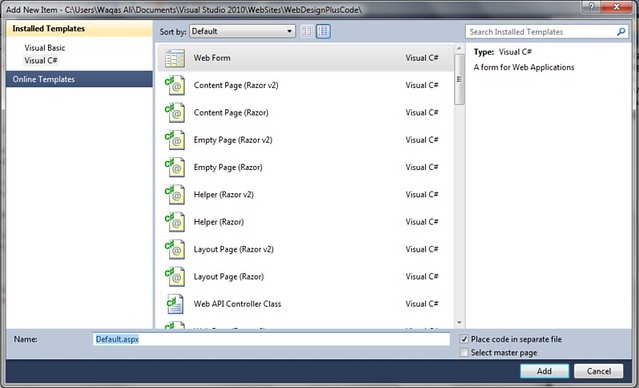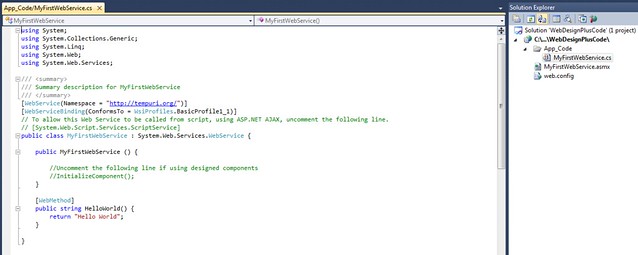Store Data
Spatial data is stored by using Geometry and Geography data types that are introduced in Microsoft SQL Server 2008. Geometry data type can be created as follows :
CREATE TABLE SpatialTable
( id int IDENTITY (1,1),
GeomCol1 geometry,
GeomCol2 AS GeomCol1.STAsText() );
GO
The data into the geometry data column is persisted by using the following INSERT command
INSERT INTO SpatialTable (GeomCol1)
VALUES (geometry::STGeomFromText('LINESTRING (100 100, 20 180, 180 180)', 0));
Query Data
The data in the geometry data columns is queried by using the following Commands.
DECLARE and SELECT statements:
DECLARE @geom1 geometry;
DECLARE @geom2 geometry;
DECLARE @result geometry;
SELECT @geom1 = GeomCol1 FROM SpatialTable WHERE id = 1;
SELECT @geom2 = GeomCol1 FROM SpatialTable WHERE id = 2;
SELECT @result = @geom1.STIntersection(@geom2);
SELECT @result.STAsText();




